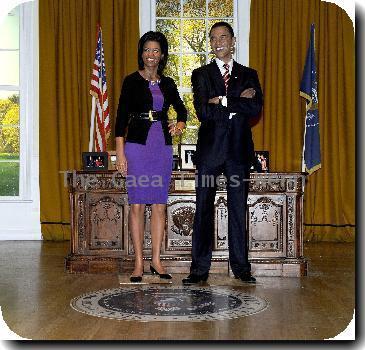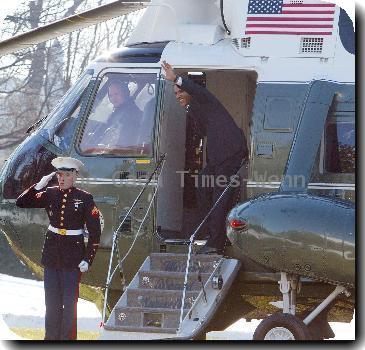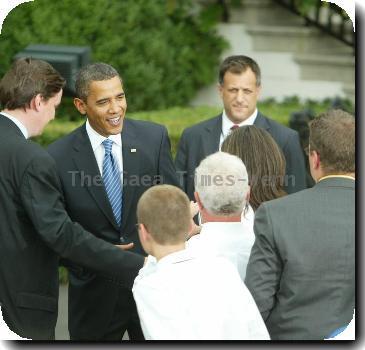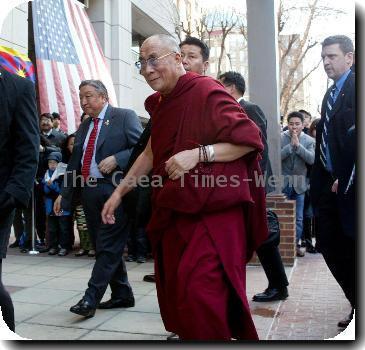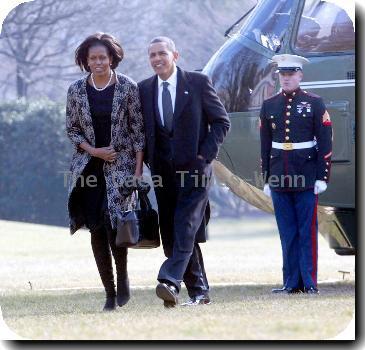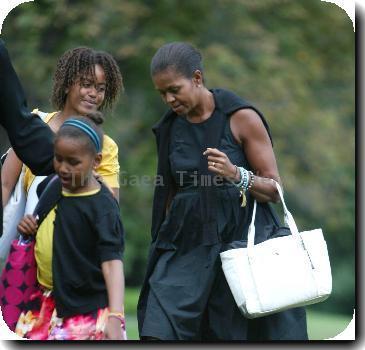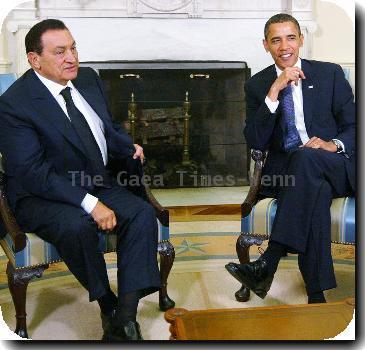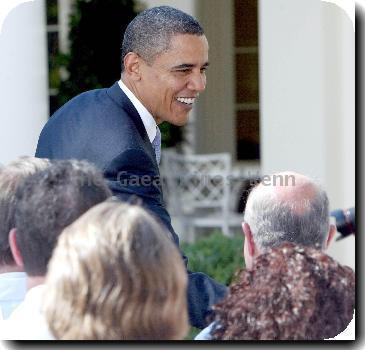US, Afghan forces clear last area of former Taliban stronghold of Marjah
By Alfred De Montesquiou, APSaturday, February 27, 2010
US, Afghan forces clear last parts of Taliban area
MARJAH, Afghanistan — Marines and Afghan troops who fought through the center of Marjah linked up Saturday with American soldiers on the northern edge of the former Taliban stronghold, clearing the town’s last major pocket of resistance.
The joint force encountered almost no hostile fire, indicating that the militants have either fled or blended in with the local population — perhaps to stage attacks later if the Afghan government fails to hold the town. Some Taliban operatives are believed to remain west of Marjah.
Establishing a credible local government is a key component of NATO’s strategy for the 2-week-old offensive on the Taliban’s longtime logistical hub and heroin-smuggling center. Earlier in the week, the government installed a new town administrator, and several hundred Afghan police have begun to patrol the newly cleared areas of the town in the southern province of Helmand.
After a grueling four-day march, Marines and Afghan troops succeeded Saturday in linking up with a U.S. Army Stryker battalion on Marjah’s northern outskirts.
“Basically, you can say that Marjah has been cleared,” said Capt. Joshua Winfrey, commander of Lima Company, 3rd Battalion, 6th Marines Regiment.
As helicopters and unmanned drones circled overhead, NATO troops saw little resistance except from homemade explosives buried in the ground.
Lima Company’s more than more than 100 heavily armed Marines, along with nearly as many Afghan army soldiers, had spent days carefully advancing to the north in tactical columns, searching every compound for possible Taliban ambushes.
But there was no enemy in sight. The Marines didn’t fire a shot — except at a couple of Afghan guard dogs who attacked the unit.
Some of the allied force said the Taliban probably just went underground, waiting for better days.
“They’re not stupid. I’d do the same if I saw a company of U.S. Marines coming my way,” said Capt. Abdelhai Hujum, commander of the Afghan unit.
The Marjah milestone came a day after Taliban suicide attackers killed at least 16 people — half of them foreigners — in bomb and gun assaults on two guesthouses in Kabul, a reminder that the insurgents still have the strength to launch attacks even in the heavily defended capital.
At least six of the victims were Indian citizens whose bodies were returned home Saturday on an air force jet sent from New Delhi. Afghan President Hamid Karzai telephoned Indian Prime Minister Manmohan Singh on Saturday to express regret and vowed his government would take extra security measures, Karzai’s office said. An Indian statement said Singh was “outraged” at the attack.
The Marjah offensive has been the war’s biggest combined operation since the 2001 U.S.-led invasion to topple the Taliban regime and the first major test of NATO’s counterinsurgency strategy since President Barack Obama ordered 30,000 new American troops to try to reverse Taliban gains.
Karzai’s spokesman, Waheed Omar, said success in Marjah will be measured by whether its people, who have lived for years under the Taliban’s hard-line interpretation of Islam, eventually feel as secure as under the religious militia.
“The president was very clear before the operation that we have to convince the people of Marjah that we’ll bring them security, we’ll bring them good governance and life will be better for them than under the Taliban,” Omar said Saturday.
Saturday’s linkup between the U.S. military units along with their Afghan partners means the offensive on the town has now given way to what military officials are calling “the hold phase,” though that doesn’t mean an end to fighting in Marjah. There remain some suspected groups of Taliban fighters on the western outskirts of town.
Marine spokesman Capt. Abe Sipe downplayed the development, describing it as another step in the effort to secure Marjah. He warned that the combined forces expect to face intermittent attacks for at least two more weeks.
“We are not calling anything completely secure yet,” Sipe said.On Saturday, a Marine convoy hit a large roadside bomb on Saturday, but there were no injuries.
U.S. Army soldiers have also discovered buried explosives in northern Marjah, but they have had no direct enemy contact for two or three days. Gunfire rang out Saturday from the British-patrolled eastern side of the area’s main canal, but it was unclear if there were any casualties.
Sipe said armed resistance has “fallen off pretty dramatically” in the last four to five days, but he added, “We don’t think that necessarily means it’s gone completely.”
Hujum, who spent two decades in Afghanistan’s various militia before joining the nascent national army, shared that view. He said most of the Taliban in the area probably buried their AK-47s and blended with the civilians.
“I can sense them all around us,” Hujum said Friday as squads of Afghan troops and some Marines stormed a mosque where a child had said eight insurgents were preparing an ambush. Villagers were somewhat hostile —one threw a stone at a Marine waiting outside.
But again, there wasn’t a single rifle or Taliban in sight.
Associated Press writers Christopher Torchia in Marjah, and Kay Johnson and Kathy Gannon in Kabul contributed to this report.
Tags: Afghanistan, As-afghanistan, Asia, Barack Obama, Central Asia, Geography, India, Kabul, Latin America And Caribbean, Lima, Manmohan Singh, Marjah, Municipal Governments, North America, Peru, South America, South Asia, United States
